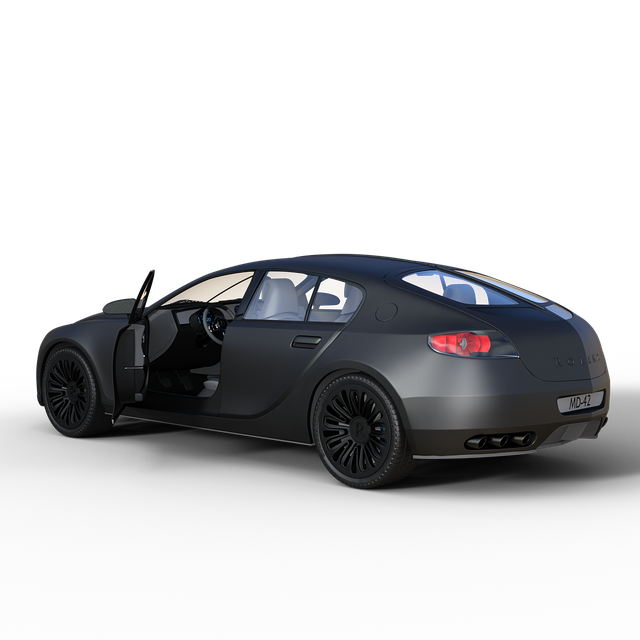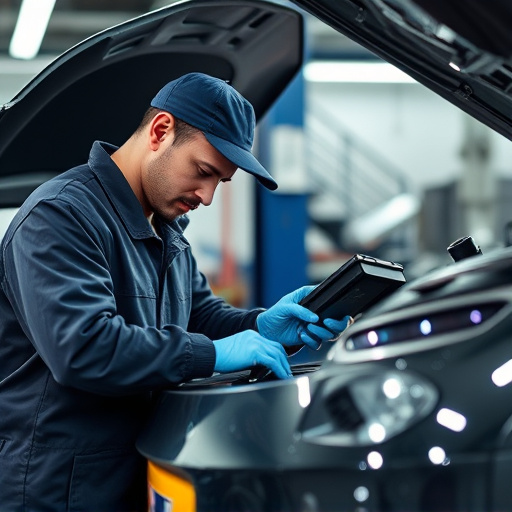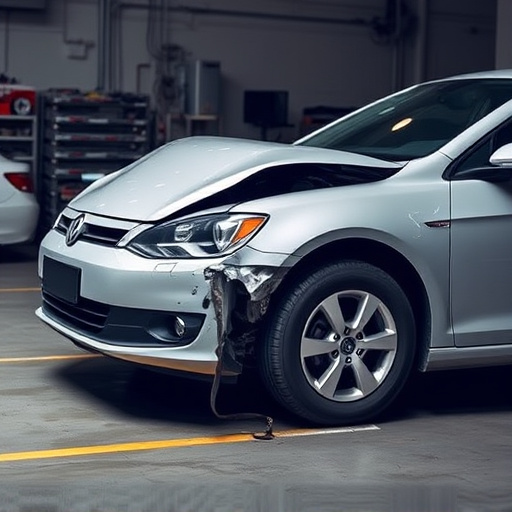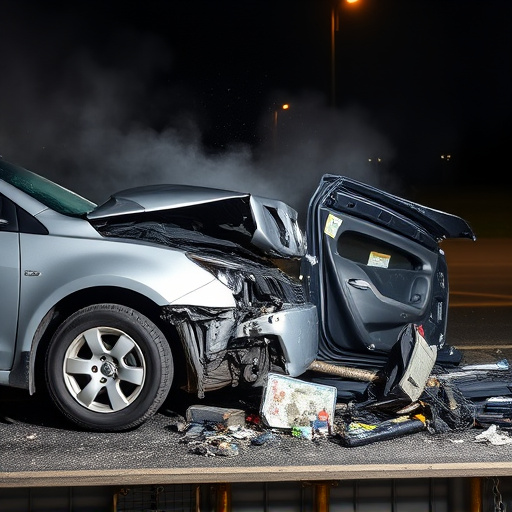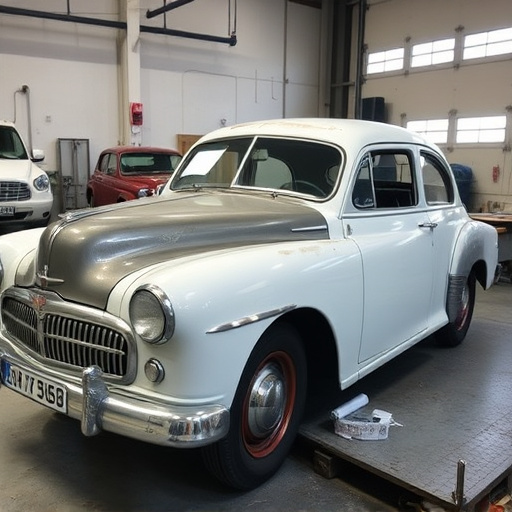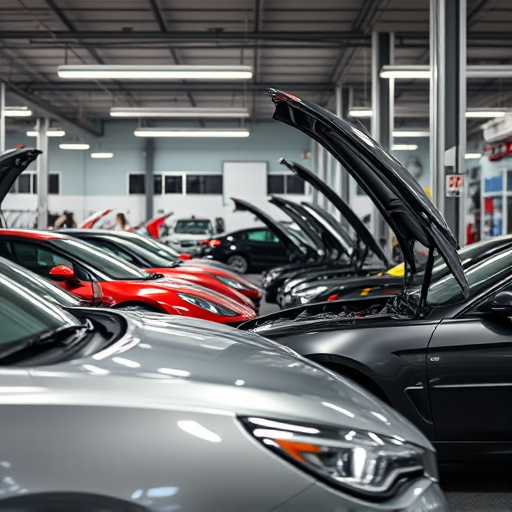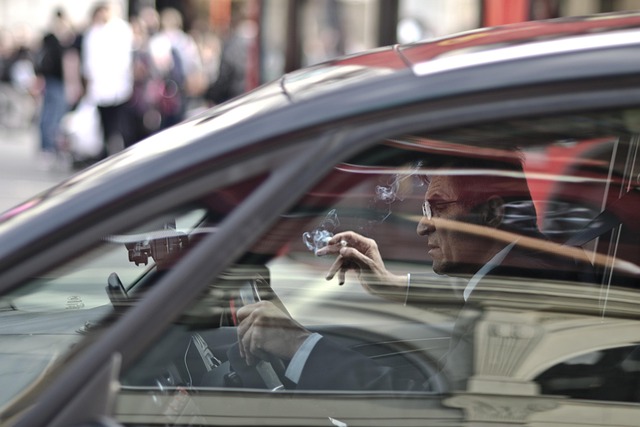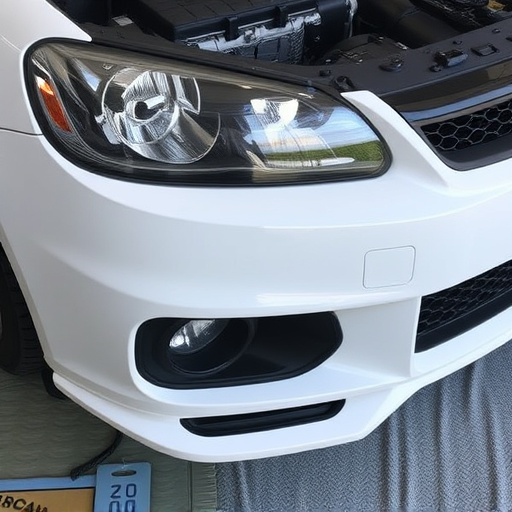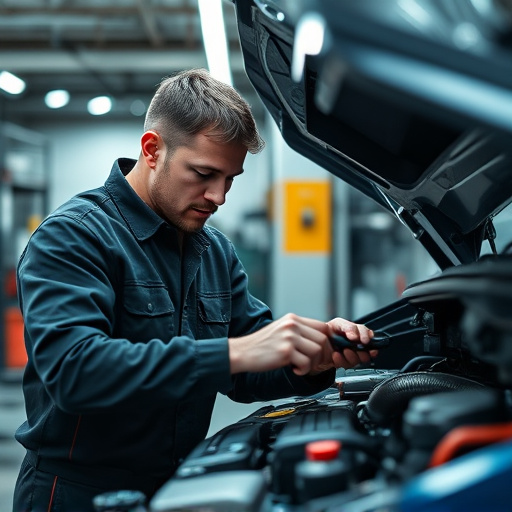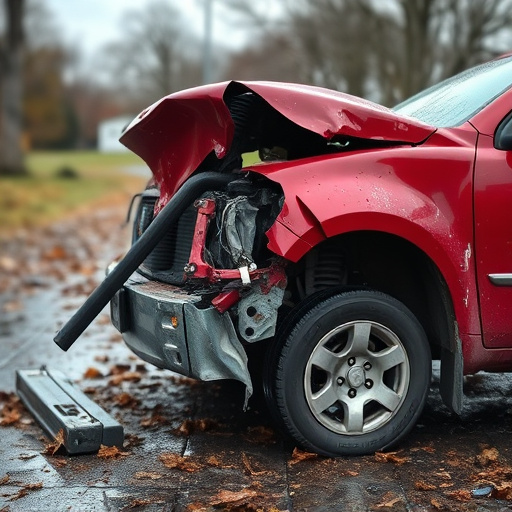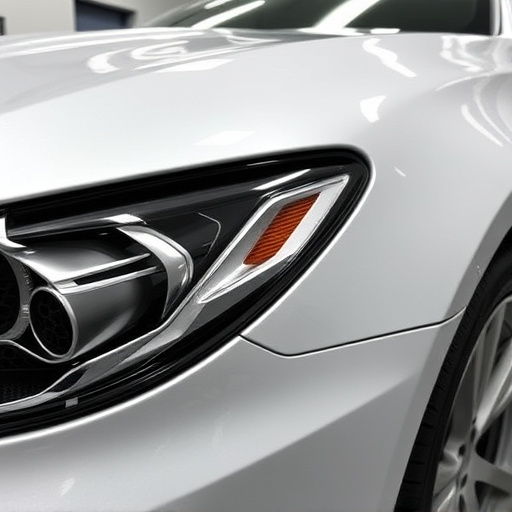Inadequate surface preparation and wrong product choices for paint protection post-repair lead to poor results. Skipping degreasing, sanding, cleaning, and proper curing causes coating issues like peeling and reduced durability. Selecting high-quality, specialized coatings with UV and chemical resistance ensures long-lasting, seamless finishes, protecting vehicles from environmental damage.
Avoid common pitfalls in your paint protection post-repair process and achieve lasting, high-quality results. This guide sheds light on three critical errors often made by auto technicians: inadequate surface preparation, incorrect product selection, and neglecting cure time. By understanding these mistakes and their impact, you can ensure optimal protection for vehicles, enhancing both aesthetics and long-term value. Learn how to navigate these challenges effectively in the world of paint protection post-repair work.
- Inadequate Surface Preparation: Skipping Key Steps
- Improper Choice of Paint Protection Products
- Neglecting Post-Application Cure Time
Inadequate Surface Preparation: Skipping Key Steps
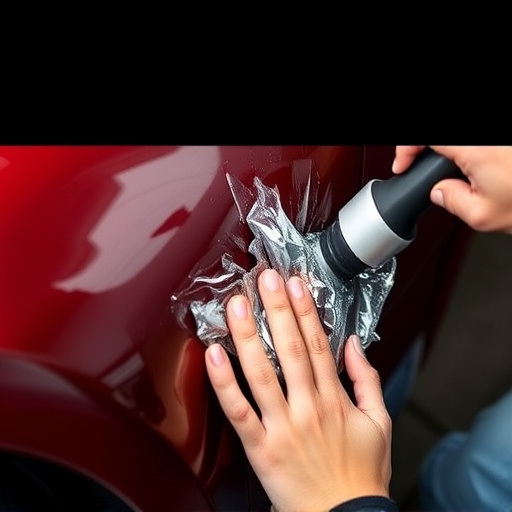
Inadequate surface preparation is one of the most common mistakes made during paint protection post-repair work in auto repair shops and car body repair facilities. Skipping key steps like degreasing, sanding, and cleaning can lead to poor adhesion of the protective coating, causing it to peel or bubble over time. These preparatory stages are crucial for ensuring a smooth, even application that fuses seamlessly with the existing paintwork.
Many repairs involve damaged areas where dirt, grease, or previous sealants might remain. Failing to remove these contaminants adequately can result in an ineffective barrier against environmental factors like UV rays and acid rain. Auto repair services that cut corners on surface prep often face customer complaints regarding long-term durability and aesthetics of the paint protection post-repair job, highlighting the importance of meticulousness in this fundamental phase.
Improper Choice of Paint Protection Products
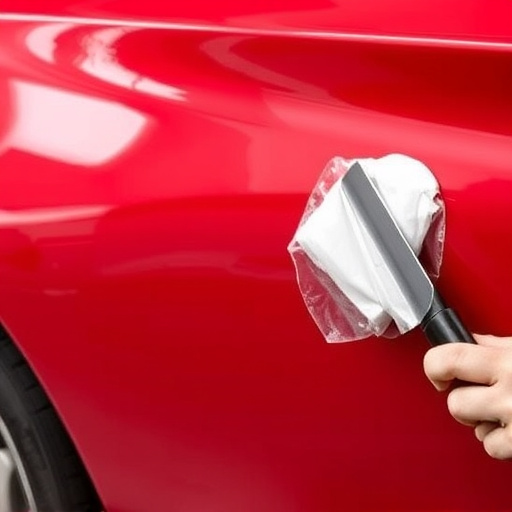
When it comes to paint protection post-repair work, a common pitfall is selecting the wrong products. Every vehicle is unique, with varying paint types and finishes that require specific care. Using generic or inferior quality protective coatings can lead to poor adhesion, uneven application, and eventual degradation of the freshly repaired surface.
Choosing the right paint protection products for scratch repair or auto painting services in a collision center is essential. Professionals should consider factors like UV resistance, chemical resistance, and compatibility with different types of paints. Opting for high-quality, specialized products ensures that the repair work not only looks seamless but also lasts longer, protecting the vehicle’s finish from environmental damage.
Neglecting Post-Application Cure Time
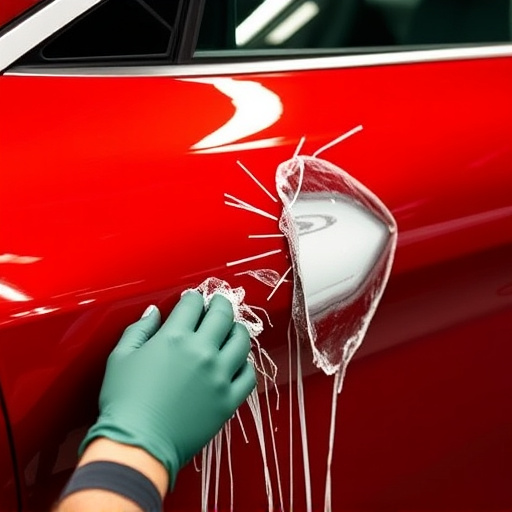
One of the most common mistakes after applying paint protection is neglecting the post-application cure time. Many individuals rush the process, assuming that once the product is applied, it’s immediately protected. However, allowing adequate time for curing is crucial to ensure optimal performance and longevity of the paint protection film. Each application requires a specific duration to set and bond properly with the vehicle’s surface, filling in any microscopic gaps and creating a seamless barrier against environmental elements.
In a collision repair center or during hail damage repair, where multiple coatings might be applied, it’s essential to respect the manufacturer’s guidelines. Skipping this critical step can lead to issues like reduced durability, loss of gloss, and even adhesion problems. Remember, proper curing is as vital as the initial application for achieving top-notch scratch repair results and maintaining a pristine finish on your vehicle post-repair.
The successful implementation of paint protection post-repair work hinges on avoiding common pitfalls. By meticulously preparing surfaces, selecting the right products, and allowing adequate cure time, automotive technicians can ensure superior protection for vehicles. These simple yet critical steps are essential to maintaining the aesthetic value and longevity of painted surfaces, ultimately enhancing customer satisfaction in the post-repair process.

